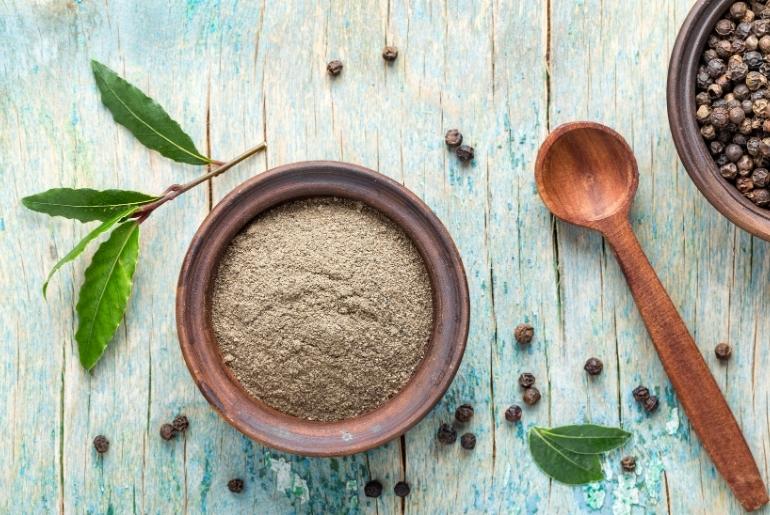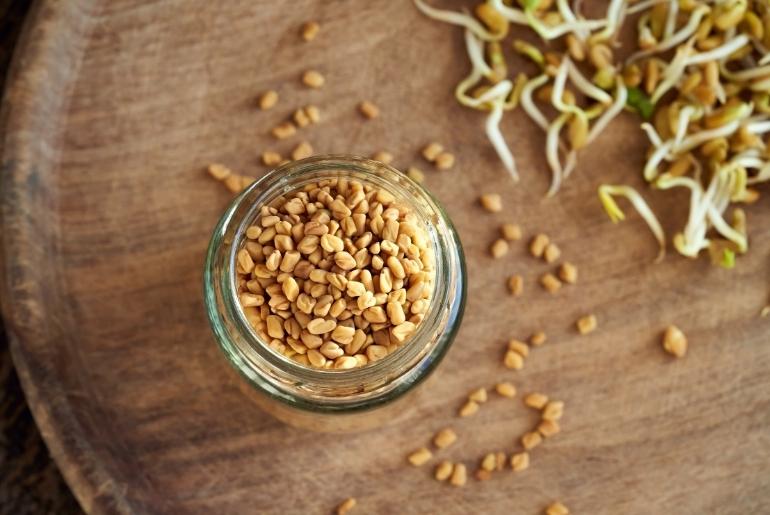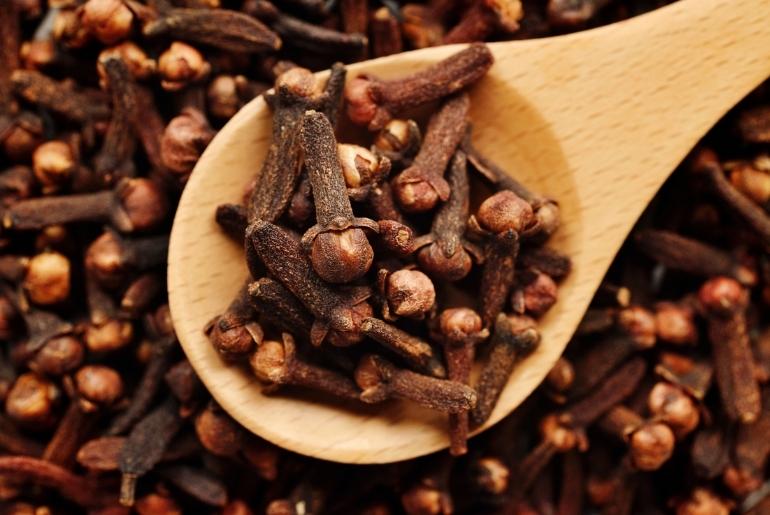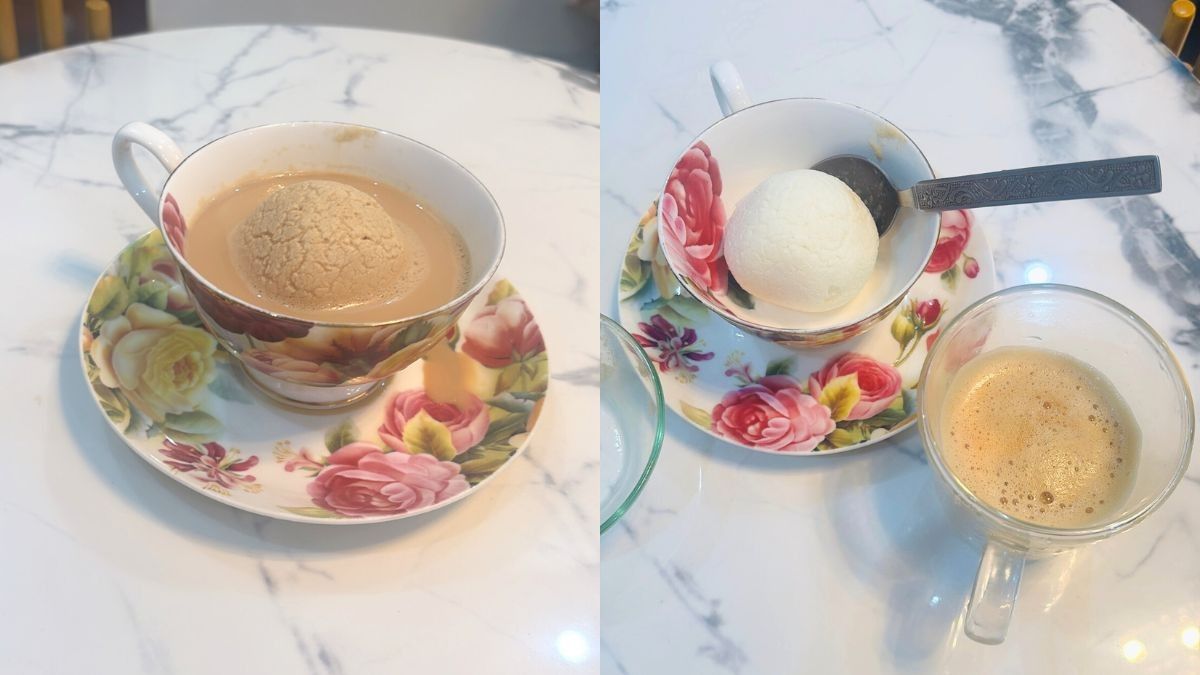In a world where flavours bring together cultures, histories, and culinary traditions, few ingredients can transform a simple meal into a sensory journey like Indian spices. These vibrant and aromatic treasures from the Indian subcontinent have a history as rich and diverse as the dishes they enhance. Each spice is a brushstroke in a masterpiece of flavours, a testament to the craftsmanship of ancient Indian cultures, and a beacon that has guided explorers, traders, and chefs from around the world. This World Food Day, explore the aromatic bazaars and spice-laden history of India.
But First, What Is World Food Day?
World Food Day is an annual event celebrated worldwide on October 16th. It was established by the United Nations (UN) to raise awareness about global hunger, food security, and nutrition issues. The day also commemorates the founding of the Food and Agriculture Organisation (FAO) of the United Nations in 1945.
Indian Spices Loved Globally
1. Turmeric

Turmeric has a rich history in India and has played a significant role both within the country and on the global stage. It is believed to have originated in the Indian subcontinent and has been used for culinary, medicinal, and religious purposes. It is a staple in Indian cuisine and gives many dishes their distinctive golden colour. Commonly used in curries and rice dishes, it is now a common spice in many international dishes. Its earthy flavour and vibrant colour have made it a favourite among chefs and food enthusiasts.
2. Cumin

Cumin’s history in India can be traced back to ancient times, and it has been mentioned in various Sanskrit texts and Ayurvedic literature. The spice has played a significant role in Indian culinary traditions and has been a staple ingredient in Indian cooking for centuries. Its use in Indian cooking is diverse, and it’s a key component in curry blends, spice mixtures, and other dishes. However, its popularity has transcended cultural boundaries. Today, it’s used in fusion cuisines and contemporary dishes worldwide.
Also Read: Fired Starbucks Employee Leaks Every Drink’s Recipe Online; Netizen Says, “Hereafter It’s Homebucks”
3. Cardamom

Cardamom’s use in India dates back to ancient times, and it was mentioned in various ancient texts. It was an important commodity along the ancient trade routes and was highly sought-after for its flavour, fragrance, and medicinal properties. This spice is deeply embedded in Indian cuisine and culture. It is used in various culinary preparations, from curries to sweets, and it’s an essential ingredient in traditional Indian chai. Its popularity has successfully transcended traditional cuisines, and it is often used in modern culinary creations.
4. Cinnamon

India has been a significant player in the spice trade for thousands of years. The trade of spices, including cinnamon, was well documented in ancient Indian literature. Cinnamon was traded along with other valuable spices like black pepper, cardamom, and cloves. It is widely used in various cuisines around the world. It adds a warm and sweet flavour to dishes and is a key ingredient in many Indian dishes, including curries and biryanis. Cinnamon’s history in India and its global relevance reflect its enduring popularity. It continues to be a valuable spice with a rich heritage and diverse applications worldwide.
5. Coriander

Coriander has been cultivated in India for thousands of years. It is believed to have been used in cooking and for its medicinal properties since at least 1500 BC. It has made its way into the cuisines of many countries worldwide. This spice is used in a wide range of dishes, from Mexican salsas to Middle Eastern spice blends, due to its unique flavour profile that combines citrusy and earthy notes.
Also Read: Maharashtra: 12 Dead, 23 Injured In A Tragic Mini Bus Accident On Samruddhi Expressway
6. Black Pepper

Black pepper has been cultivated in India for over 2,000 years. It is believed to have originated in the Western Ghats region of South India and was used both as a spice and for medicinal purposes. Black Pepper is an essential spice in cuisines around the world. It is used to season and flavour a wide variety of dishes. Even today, India remains one of the world’s leading producers and exporters of black pepper.
7. Fenugreek

Fenugreek has a history in India that dates back thousands of years. It is believed to have been cultivated and used as a spice, herb, and medicinal plant in the Indian subcontinent since ancient times. Fenugreek seeds are a common ingredient in Indian cuisine. However, its use is not limited to India; it is used in the cuisines of many other countries, including the Middle East, North Africa, and parts of Asia. Its unique flavour has made it a popular choice for chefs exploring fusion cuisines.
8. Cloves

Cloves have been used in India for centuries, with records dating back to around 2000 BCE. They were initially grown on the Malabar Coast (present-day Kerala) and were highly valued for their aromatic and medicinal properties. Cloves are well known for their strong, aromatic flavour and fragrance. They are used in culinary traditions across the globe, adding a distinct flavour to dishes, beverages, and desserts.
These spices have played a significant role in shaping Indian cuisine and have left a lasting impact on global food traditions.
Cover Image Courtesy: Canva
For more such snackable content, interesting discoveries and latest updates on food, travel and experiences in your city, download the Curly Tales App. Download HERE.
Good news! We are on WhatsApp! Subscribe to Curly Tales WhatsApp Channel to stay up-to-date with exclusive content and BTS. Join HERE.




